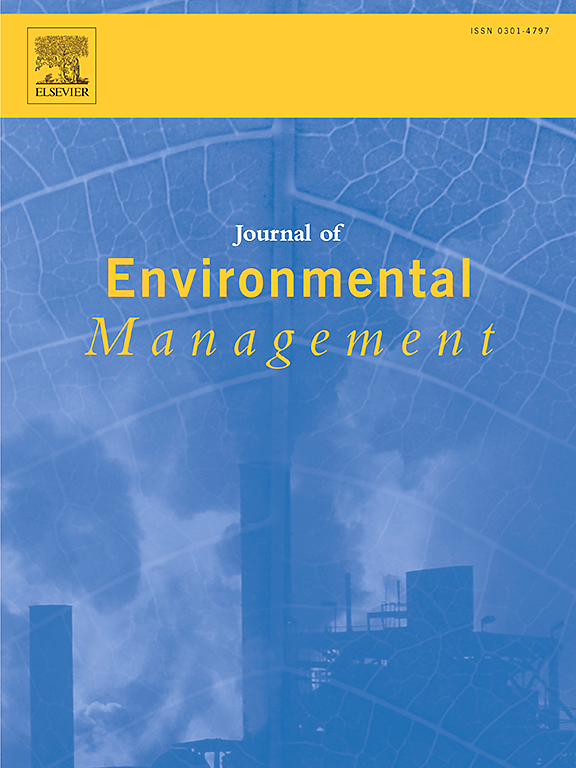The relative importance of soil moisture deficit, land use intensity and fertiliser spreading regulations for stream water quality in agricultural catchments
IF 8
2区 环境科学与生态学
Q1 ENVIRONMENTAL SCIENCES
引用次数: 0
Abstract
Despite European-wide regulatory controls on fertiliser management that effectively close and open spreading periods, there are still ongoing stream water quality issues in agricultural catchments. Adjustments to these regulations largely relate to application rate and set-back distances from watercourses at the start of the open period to avoid sudden water quality impacts. Within this regulatory framework and using long-term datasets the aim of this study was to investigate the relative importance of Soil Moisture Deficit (SMD), land use intensity and fertiliser spreading regulation effects on stream water quality during the first weeks of the open spreading period. Fortnightly stream water samples were collected over 2009–2023 in twenty-four agricultural sub-catchments of major Northern Ireland rivers. Random Forest Regression models were developed to predict baseline stream water total phosphorus (TP), soluble reactive phosphorus and total oxidised nitrogen (TON) concentrations. SMD and land use intensity were the primary drivers of changes in phosphorus concentrations while land use intensity was the primary driver of changes in TON concentrations. SMD was a more important driver of changes in nutrient concentrations in the more intensively farmed sub-catchments. In the less intensive sub-catchments, land use intensity was at least 30% (for TP) to 85% (for TON) more important than SMD and fertiliser spreading regulation for explaining these changes. The study highlights the need to reduce the nutrient source pressure as a more effective step to improve water quality compared to small adjustments to fertiliser spreading protocols, and for policy reviews to account for changes in weather pressures.

求助全文
约1分钟内获得全文
求助全文
来源期刊

Journal of Environmental Management
环境科学-环境科学
CiteScore
13.70
自引率
5.70%
发文量
2477
审稿时长
84 days
期刊介绍:
The Journal of Environmental Management is a journal for the publication of peer reviewed, original research for all aspects of management and the managed use of the environment, both natural and man-made.Critical review articles are also welcome; submission of these is strongly encouraged.
 求助内容:
求助内容: 应助结果提醒方式:
应助结果提醒方式:


